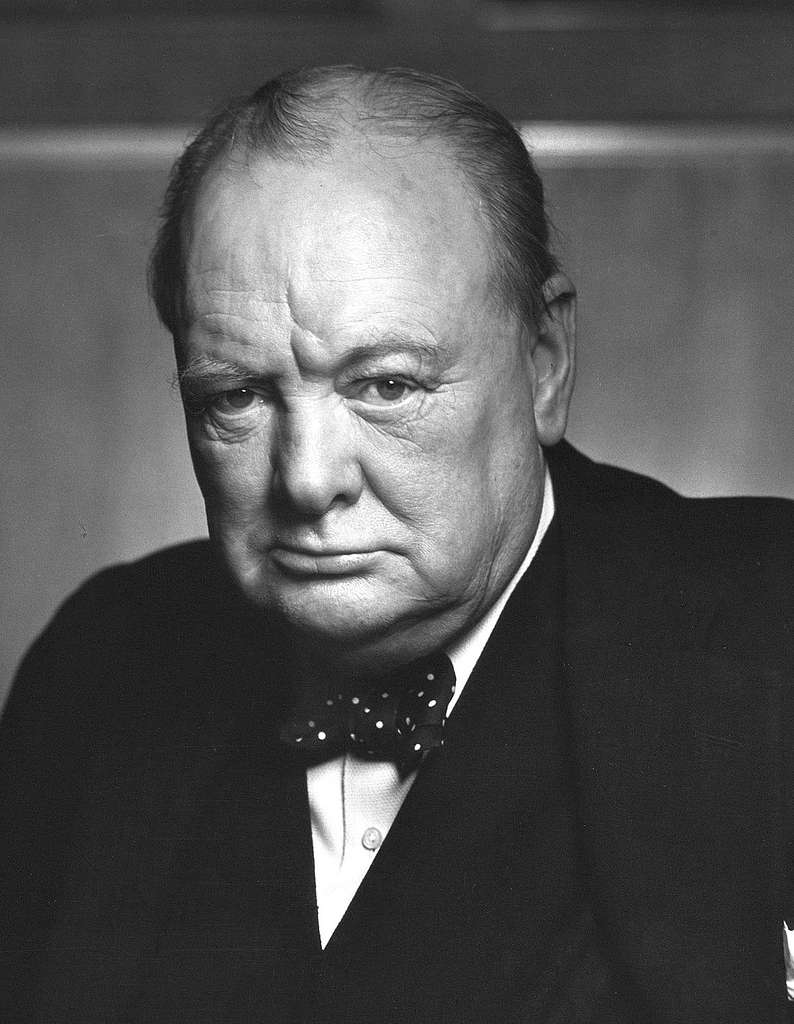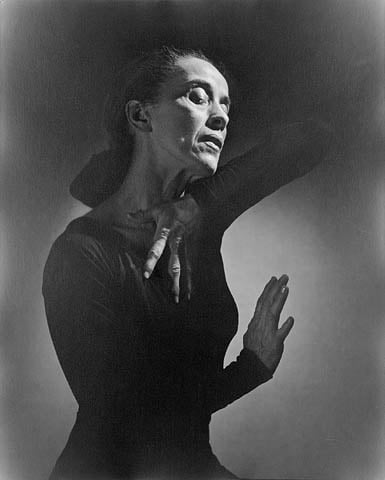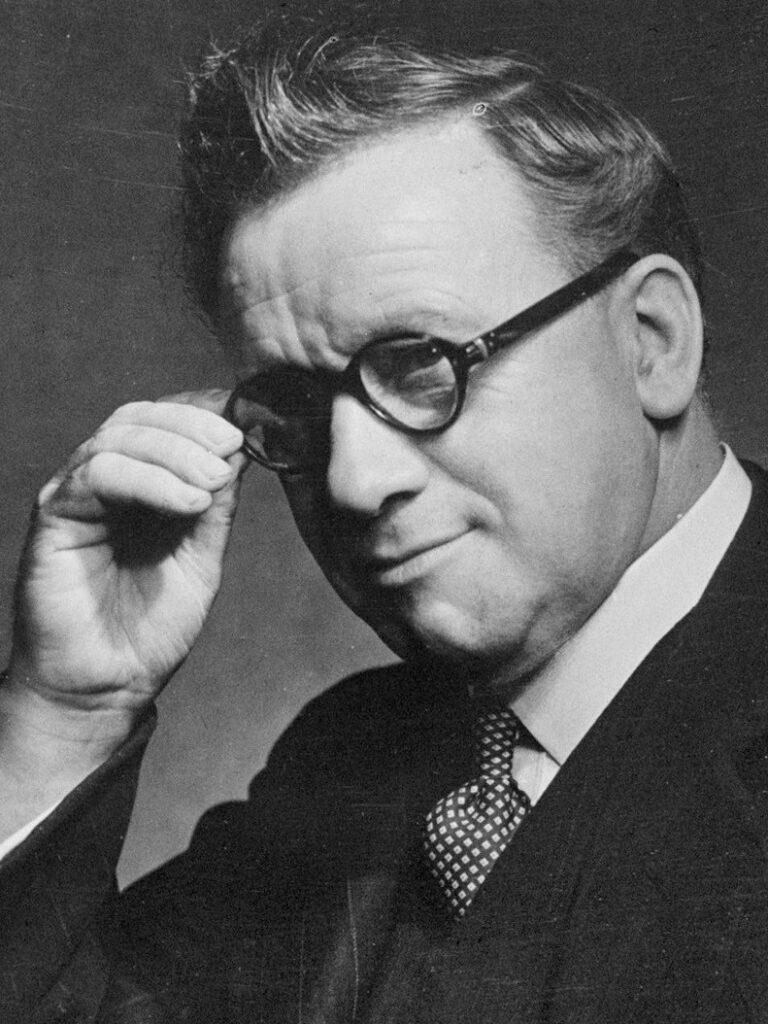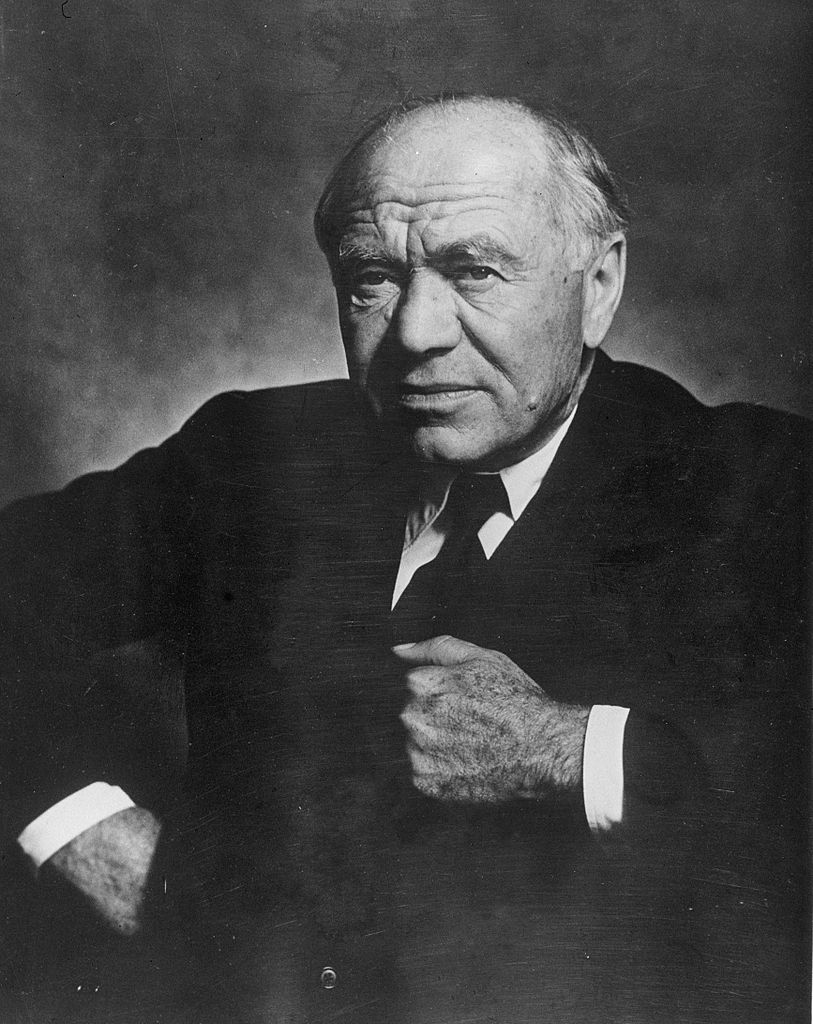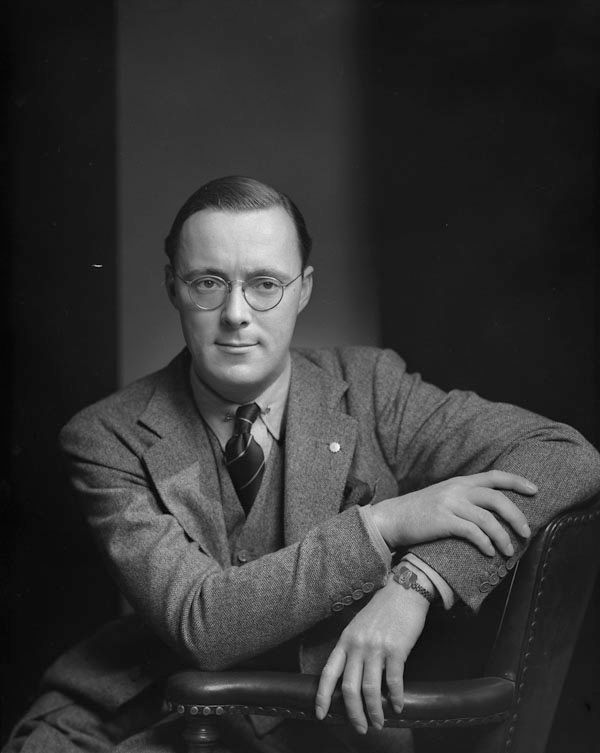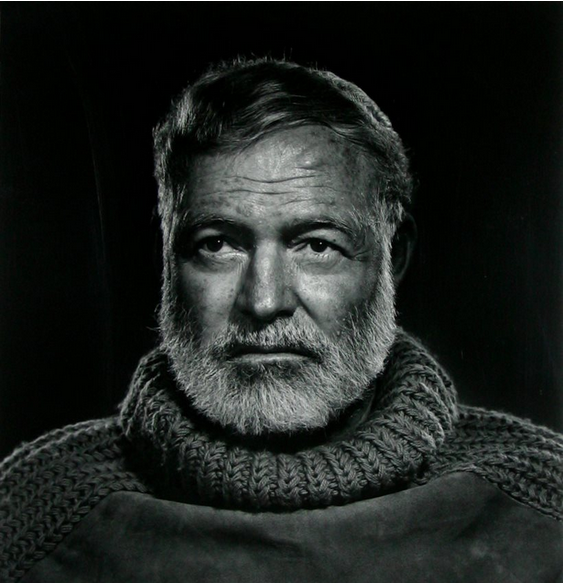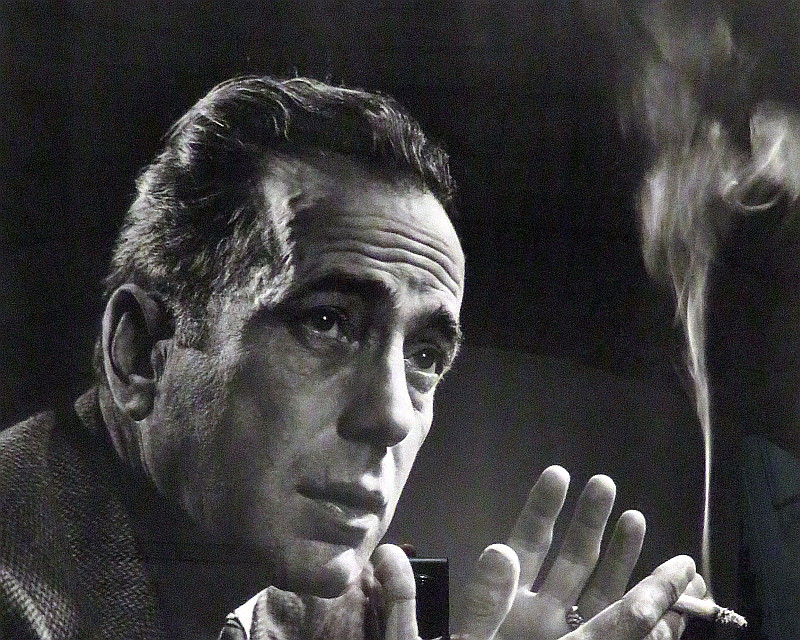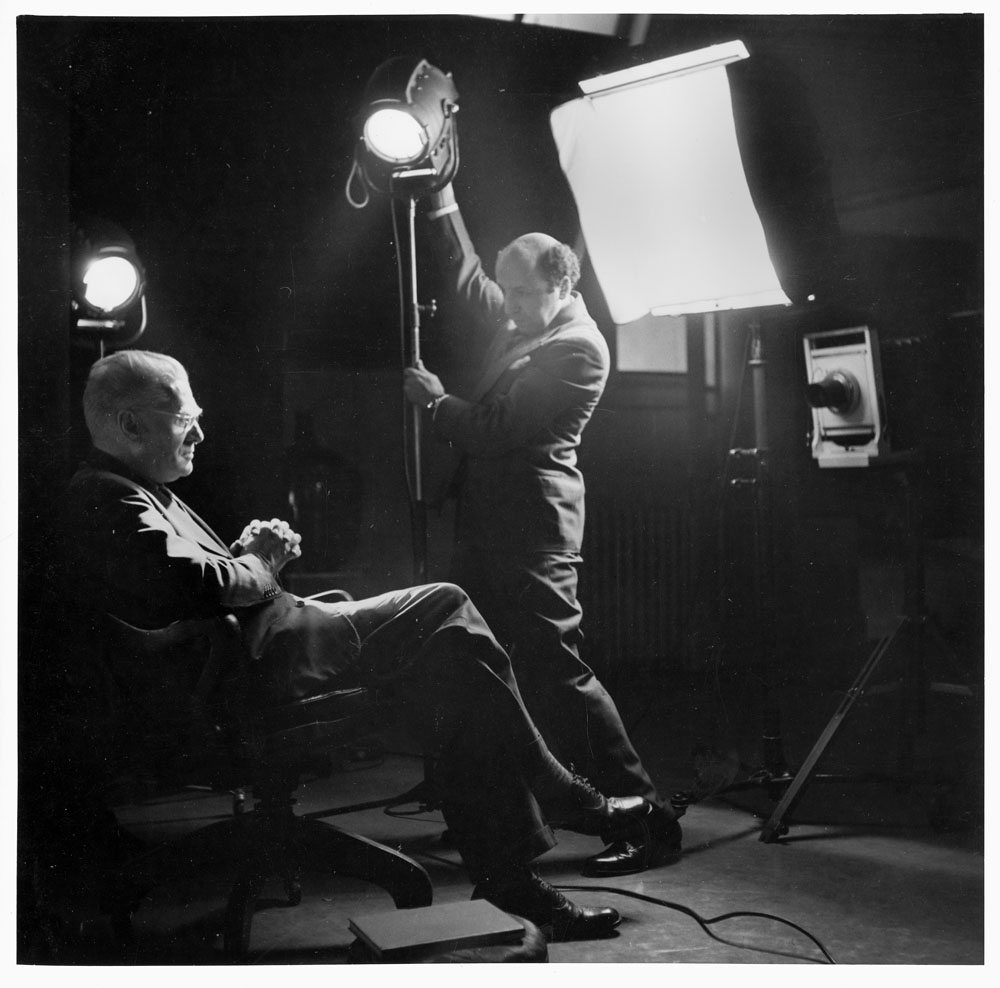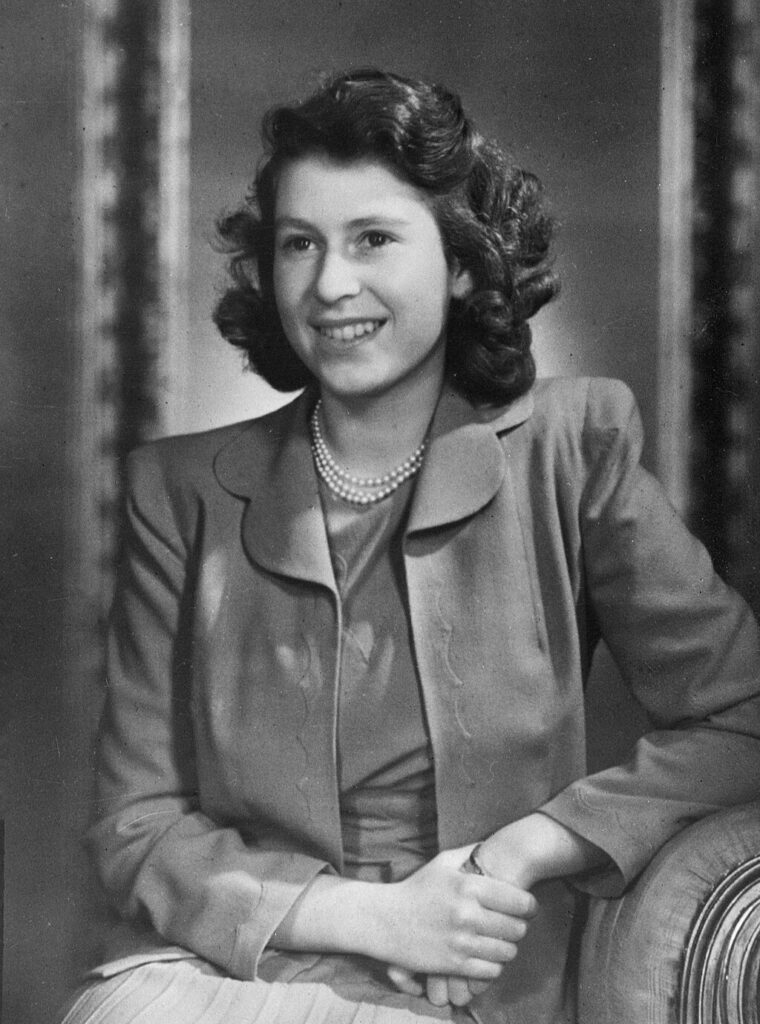Yousuf Karsh: The Legendary Portrait Photographer
Yousuf Karsh was a renowned Canadian photographer, best known for his iconic portraits of famous figures from the 20th century.
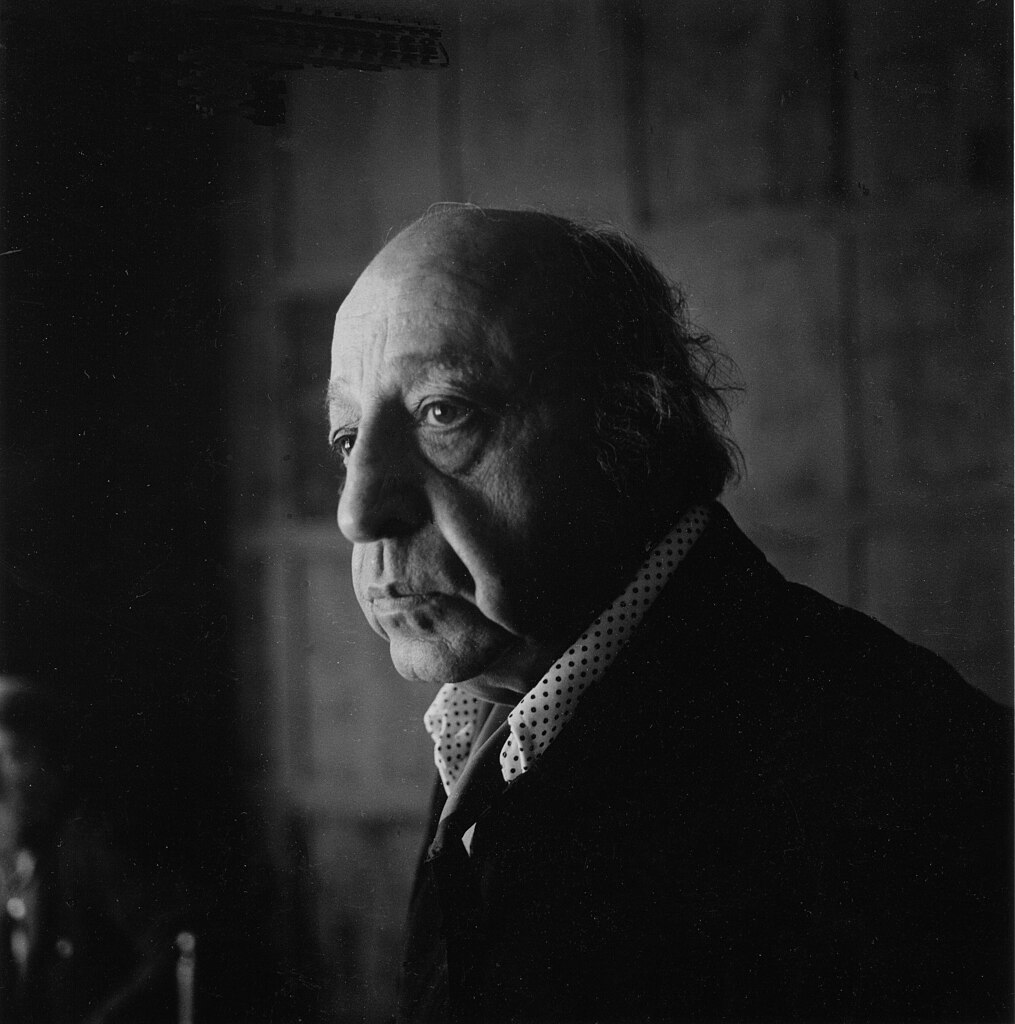
Early Life and Background
Yousuf Karsh was born on December 23, 1908, in Mardin, which was part of the Ottoman Empire (now in Turkey). He was the son of Armenian parents, and his family faced many challenges during World War I. In 1923, Karsh and his family moved to Canada as refugees, settling in Sherbrooke, Quebec.
Developing an Interest in Photography
As a young man, Karsh developed a keen interest in photography. He started working as an apprentice in a photography studio in Montreal. He quickly honed his skills, learning how to take and develop photographs. Karsh was fascinated by the power of images and how they could convey emotions and capture the essence of people.
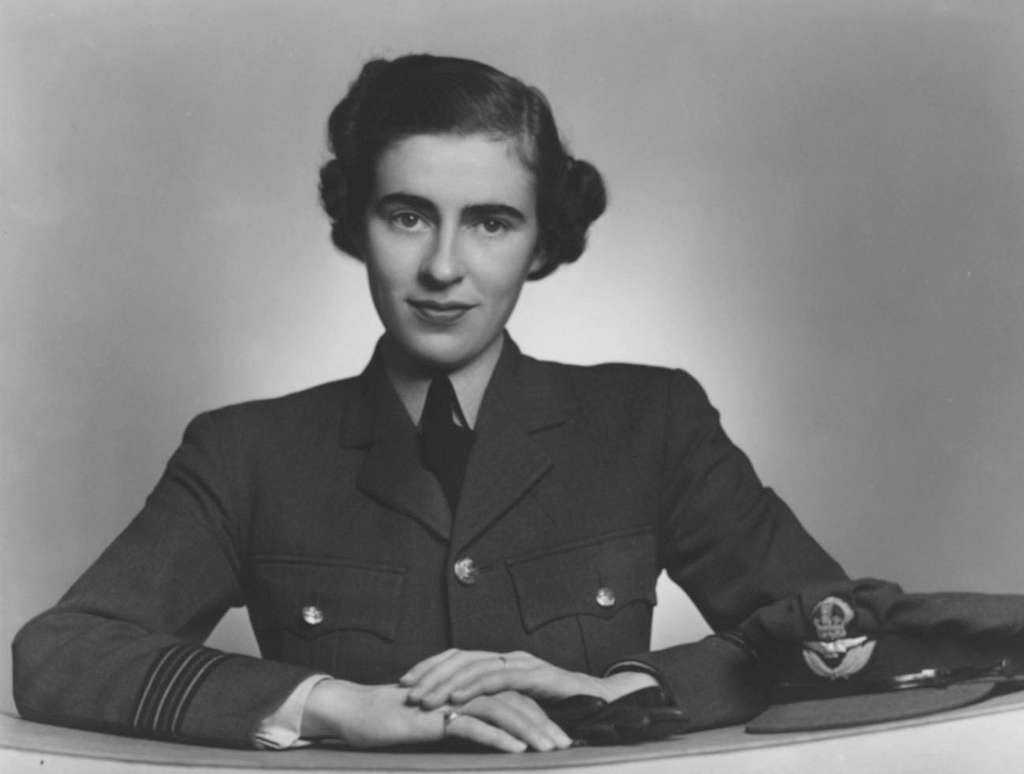
Moving to Ottawa and Starting His Career
In 1932, Karsh moved to Ottawa to further pursue his career. He began working as a photographer in the Canadian Press, and soon he was taking pictures of notable figures, including politicians and celebrities. Karsh’s big break came in 1941 when he took a famous portrait of Winston Churchill.
The Iconic Winston Churchill Portrait
Karsh’s portrait of Winston Churchill is perhaps his most famous image. The photograph was taken in 1941, and it captured Churchill’s strong, determined character. The portrait was widely praised and helped Karsh gain international recognition. After that, his career soared as he became known for his ability to capture the true spirit of his subjects.
The Karsh Style of Portrait Photography
Yousuf Karsh became famous for his distinctive style of portrait photography. He was known for his ability to bring out the personality of his subjects. Karsh often used dramatic lighting to create deep contrasts and highlight facial features. His portraits were carefully composed, with a focus on the subject’s eyes and expression, making them seem powerful and intimate.
Photographing Famous Figures
Throughout his career, Karsh photographed many of the world’s most famous personalities. He worked with artists, musicians, actors, politicians, and leaders from various fields. Some of his most notable subjects included Albert Einstein, Pablo Picasso, Ernest Hemingway, Audrey Hepburn, and Martin Luther King Jr. His portraits of these icons continue to be celebrated today.
Legacy and Influence
Yousuf Karsh passed away on July 13, 2002, at the age of 93. His iconic photographs live on through their features in museums and exhibitions around the world. Karsh’s work has influenced generations of photographers and continues to inspire artists today. His portraits are admired for their technical mastery, emotional depth, and timeless beauty.
Karsh’s Photography Philosophy
Yousuf Karsh believed that a portrait should not just be a simple image of a person, but an exploration of their personality and inner world. He once said, “A portrait is not made in the camera but on either side of it.” Karsh worked closely with his subjects, taking the time to engage with them before taking the shot. This allowed him to create portraits that truly reflected the character and emotions of his subjects.
He became known for his patience, often spending hours with a subject to ensure the perfect shot. His famous portraits did not simply pose the subjects; they captured moments of sincerity and vulnerability that revealed the true essence of the people he photographed.
Technical Mastery and Equipment
Yousuf Karsh was a master of his craft, particularly in his use of lighting and composition. He preferred to work with large-format cameras, which allowed him to create highly detailed and sharp images. He was especially skilled in using light to emphasize the features of his subjects. Karsh often used a technique called “Rembrandt lighting,” which creates a triangle of light on the subject’s face. This technique added depth and drama to his portraits.
In addition to his lighting expertise, Karsh also paid careful attention to his subjects’ clothing, posture, and environment. Every detail was important in making the portrait feel complete and expressive. His work was a true blend of artistry and technical precision.
The Karsh Studio
In the 1940s, Karsh opened his own studio in Ottawa. This became the central hub for his portrait work. Karsh set up the studio with his unique style of lighting and a collection of props to enhance the portraits. He carefully controlled every aspect of the shoot, from the lighting to the background, to ensure that he captured his subjects at their best.
The studio became a famous location where many notable figures visited to sit for their portraits. Visitors to the studio often commented on Karsh’s calm and professional demeanor, which helped put them at ease during the shoot.
Recognition and Awards
Throughout his career, Yousuf Karsh received numerous awards and honors for his contributions to photography. He was made a Member of the Order of Canada in 1967, and in 1987, he was inducted into the Canadian Photography Hall of Fame. Karsh also received honorary degrees from several universities in recognition of his achievements in the field of photography.
His work was exhibited in major museums, including the National Portrait Gallery in London, the Smithsonian Institution in Washington, D.C., and the Canadian Museum of Contemporary Photography in Ottawa. His photographs are still highly regarded in both artistic and historical contexts.
Yousuf Karsh’s Influence on Contemporary Photography
Contemporary portrait photography today still reflects Yousuf Karsh’s influence. His emphasis on capturing the personality of the subject and the technical mastery with which he executed his work set a standard for future photographers. Many photographers around the world look up to Karsh’s ability to create portraits that are both visually stunning and emotionally powerful.
In addition to his technical skill, Karsh’s approach to portraiture also emphasized the importance of storytelling. His images continue to inspire photographers to focus on the human element in their work and to see beyond the surface of their subjects.
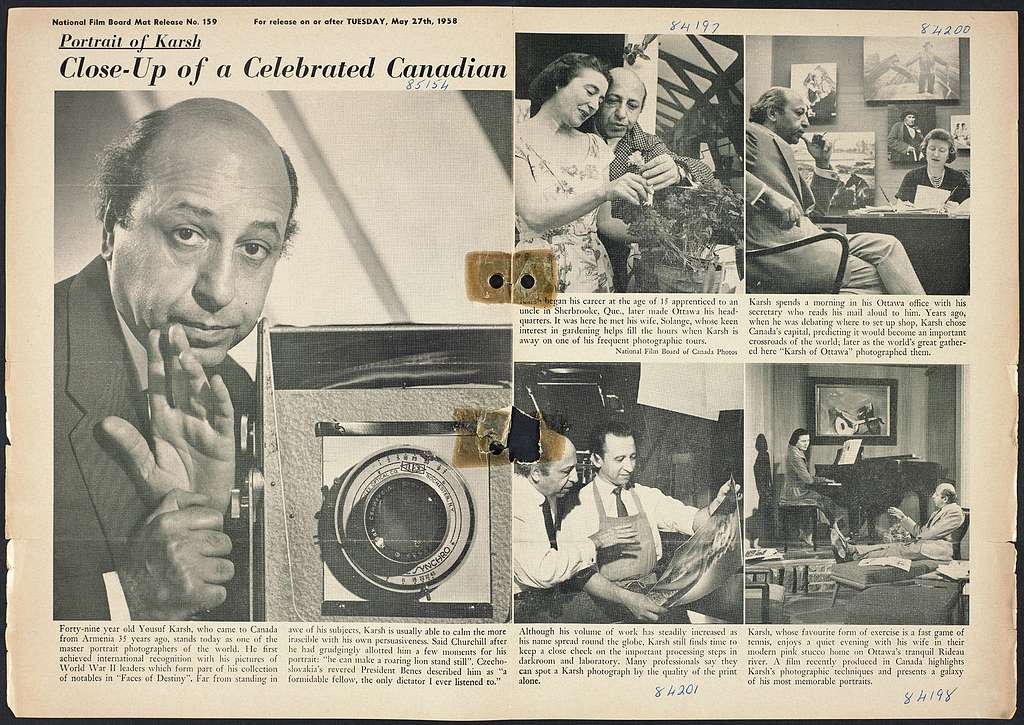
Karsh’s Books and Publications
In addition to his famous portraits, Karsh also published several books that showcased his work and philosophy on photography. One of his most well-known books, Karsh: A Fifty-Year Retrospective, published in 1993, contains a collection of his most famous portraits, as well as reflections on his career and the art of photography. The book serves as both a visual archive of his work and a testament to his remarkable career.
Final Years and Death
In his later years, Karsh remained active in the photography community and continued to work on personal projects. He traveled the world to photograph, and galleries and exhibitions continued to display his work.
Yousuf Karsh passed away on July 13, 2002, at the age of 93. His death marked the end of an era in portrait photography, but his legacy remains strong. His portraits continue to capture the attention of people worldwide and inspire new generations of photographers to take up the art of portraiture.
Conclusion
Yousuf Karsh’s exceptional skill and artistic vision made him one of the most influential photographers of the 20th century. His portraits of world leaders, artists, and other important figures have become timeless works of art that continue to speak to people today. Karsh’s legacy is a reminder of the power of photography to capture the depth of human emotion and the essence of personality.
Through his unique approach to portrait photography, Karsh not only documented history but also shaped the way we view and understand iconic figures in our cultural landscape. His work continues to inspire admiration and respect, and people will forever link his name with some of the most memorable images in photographic history.

